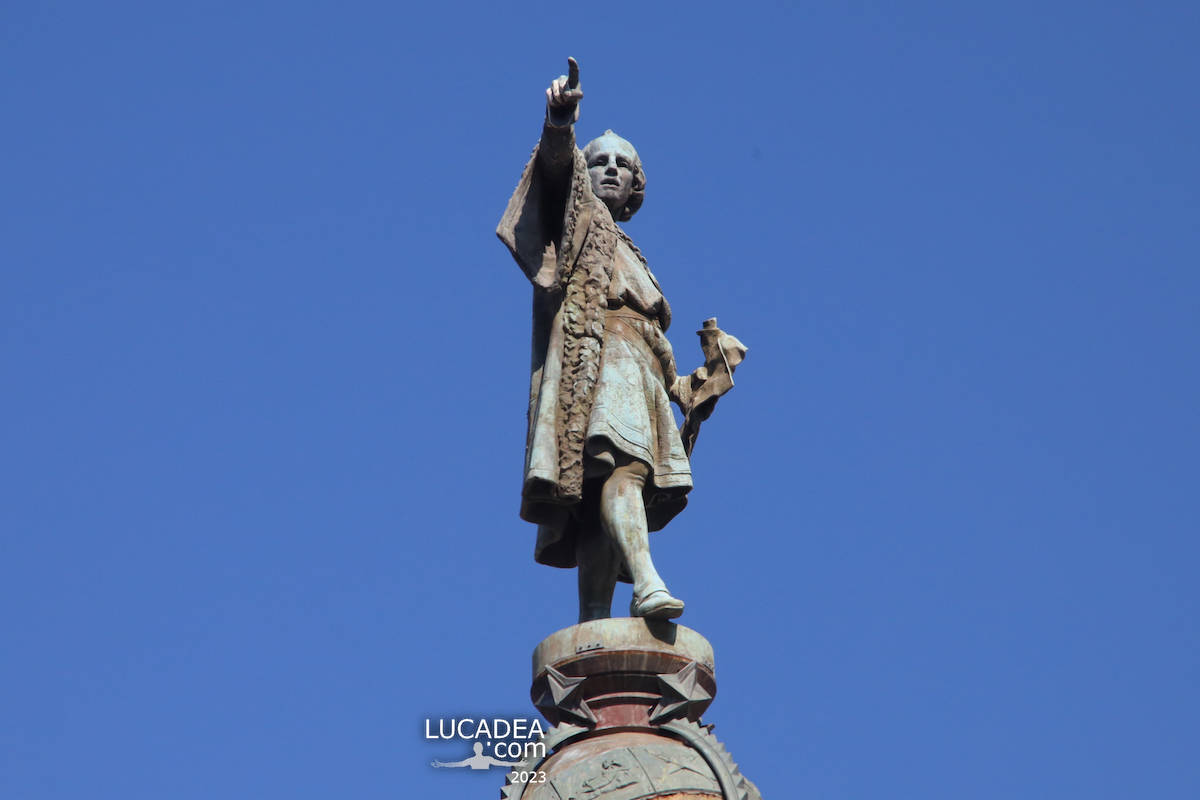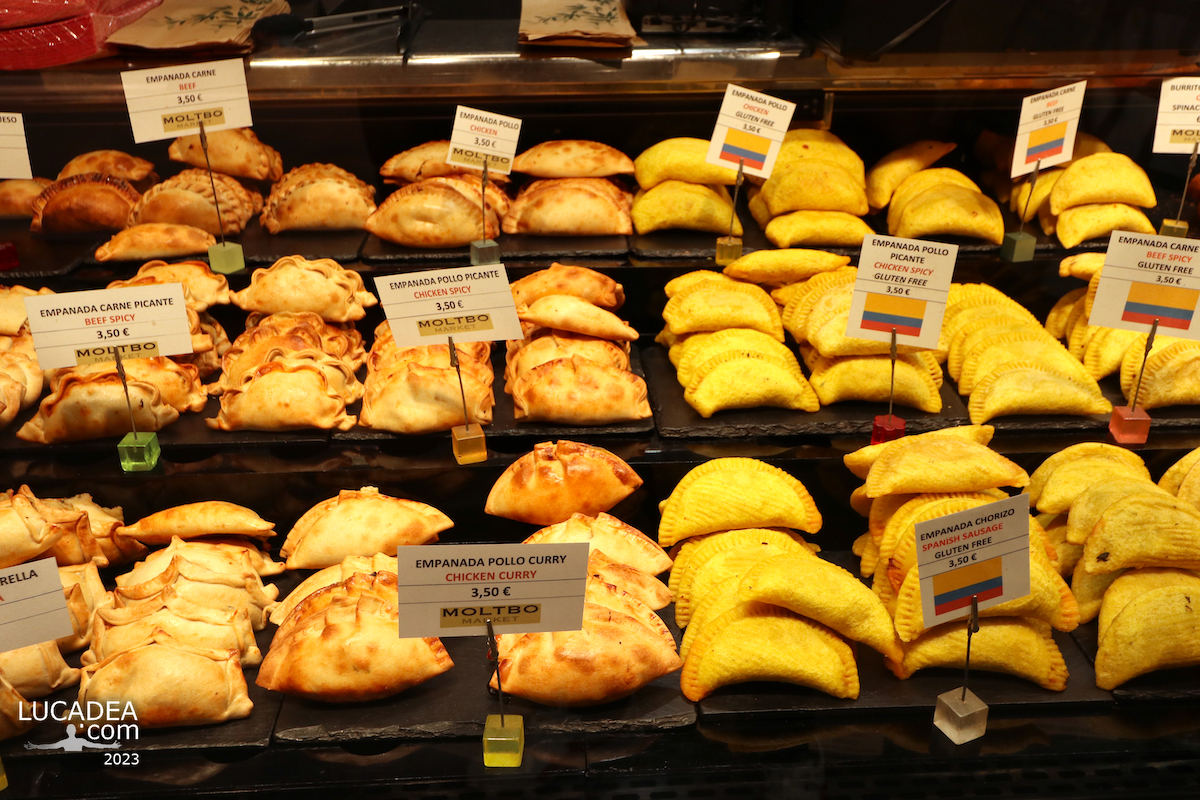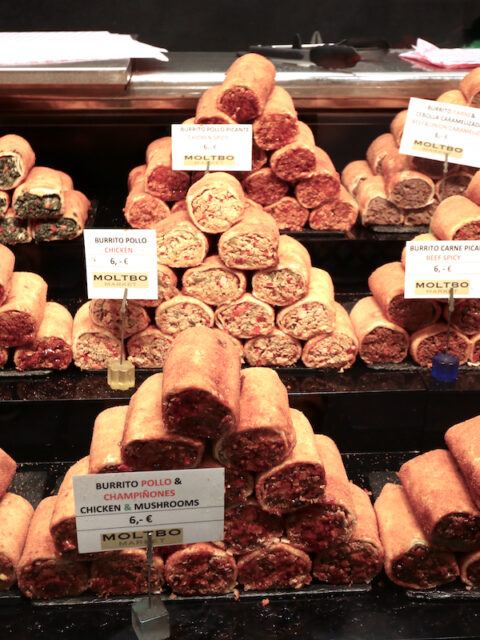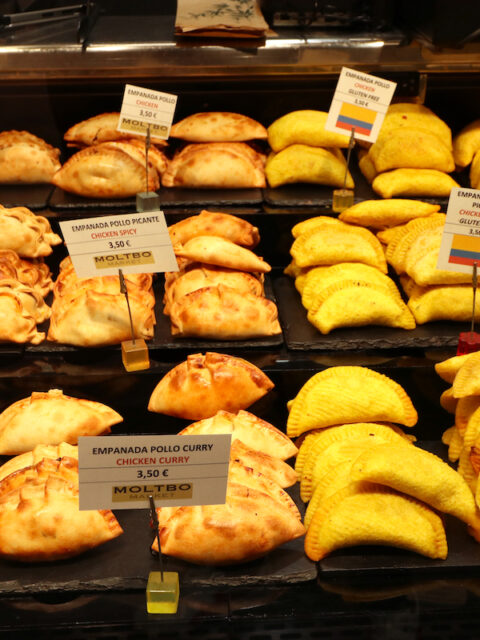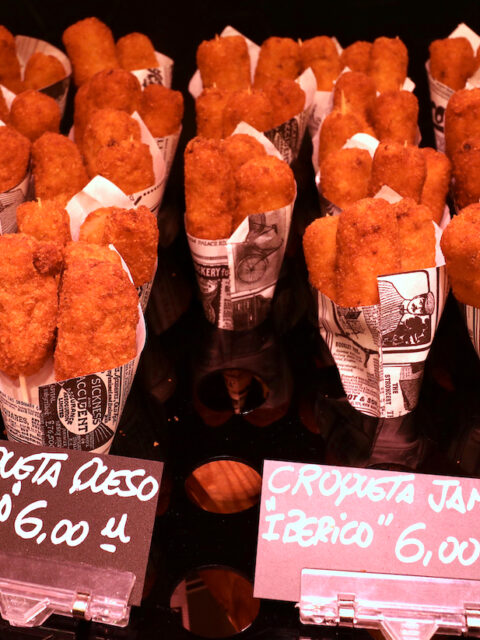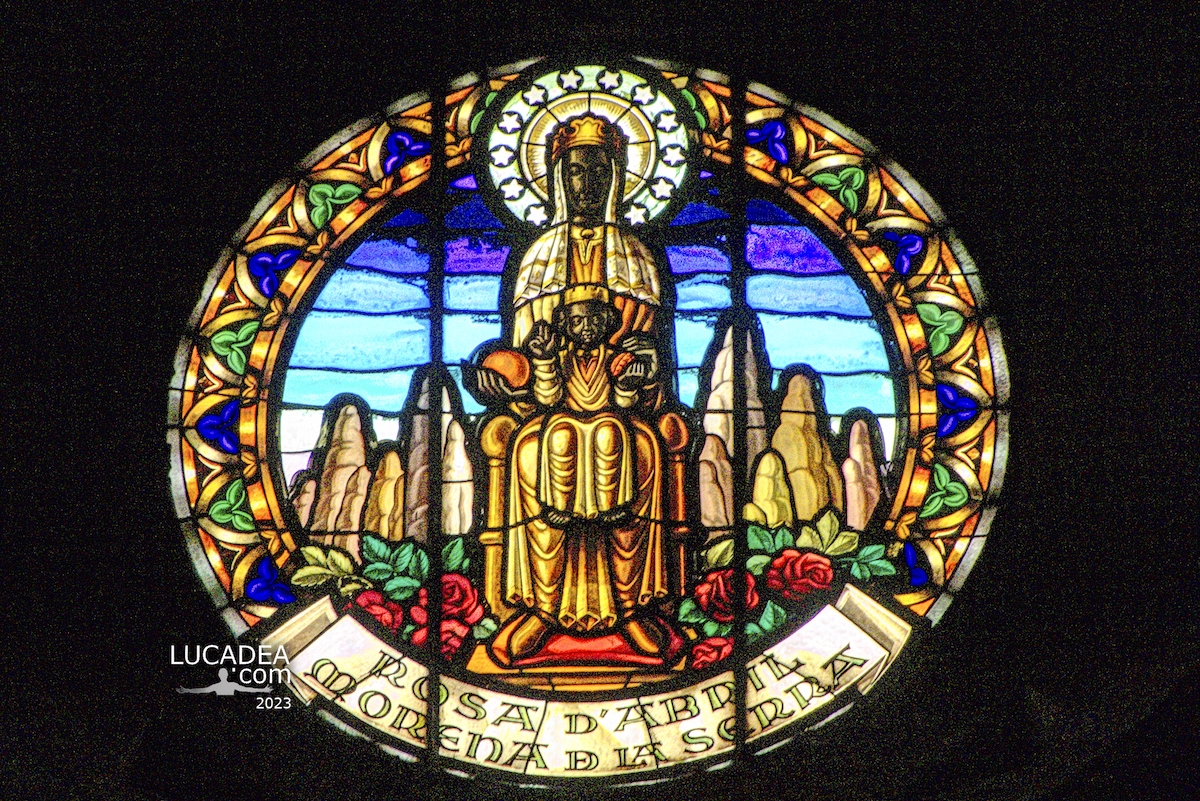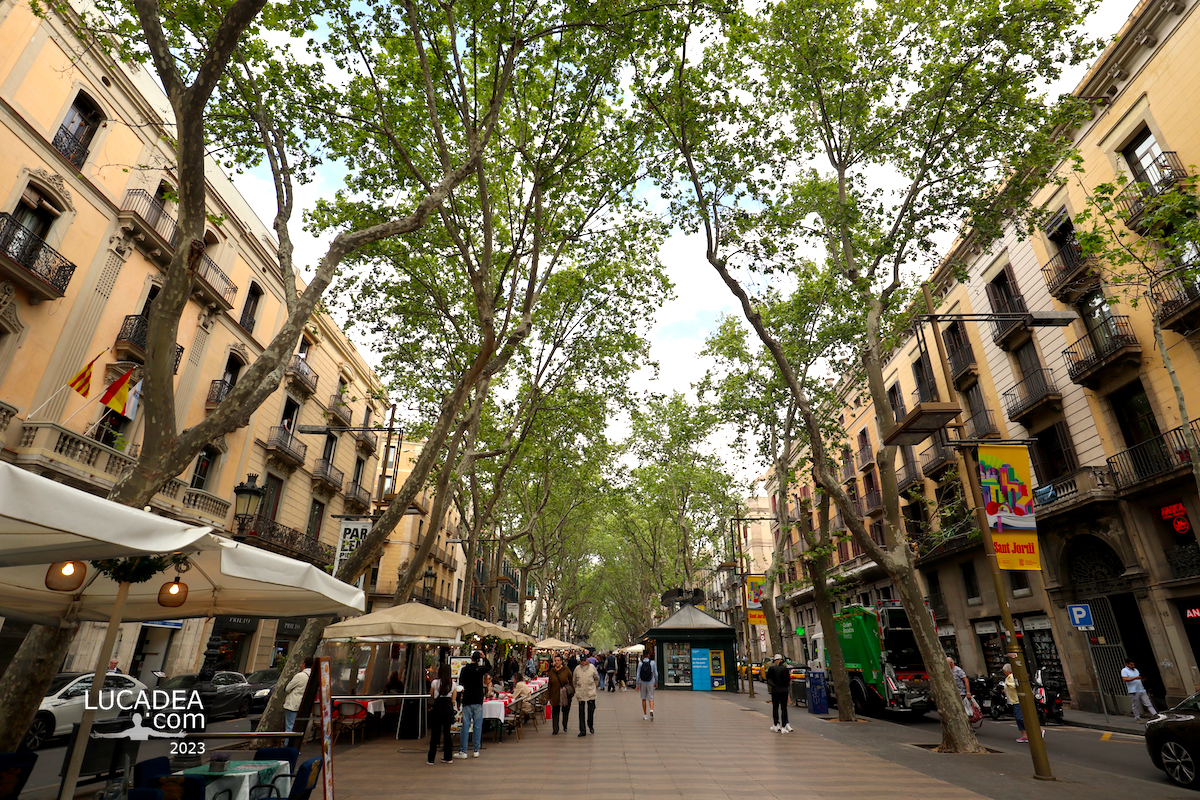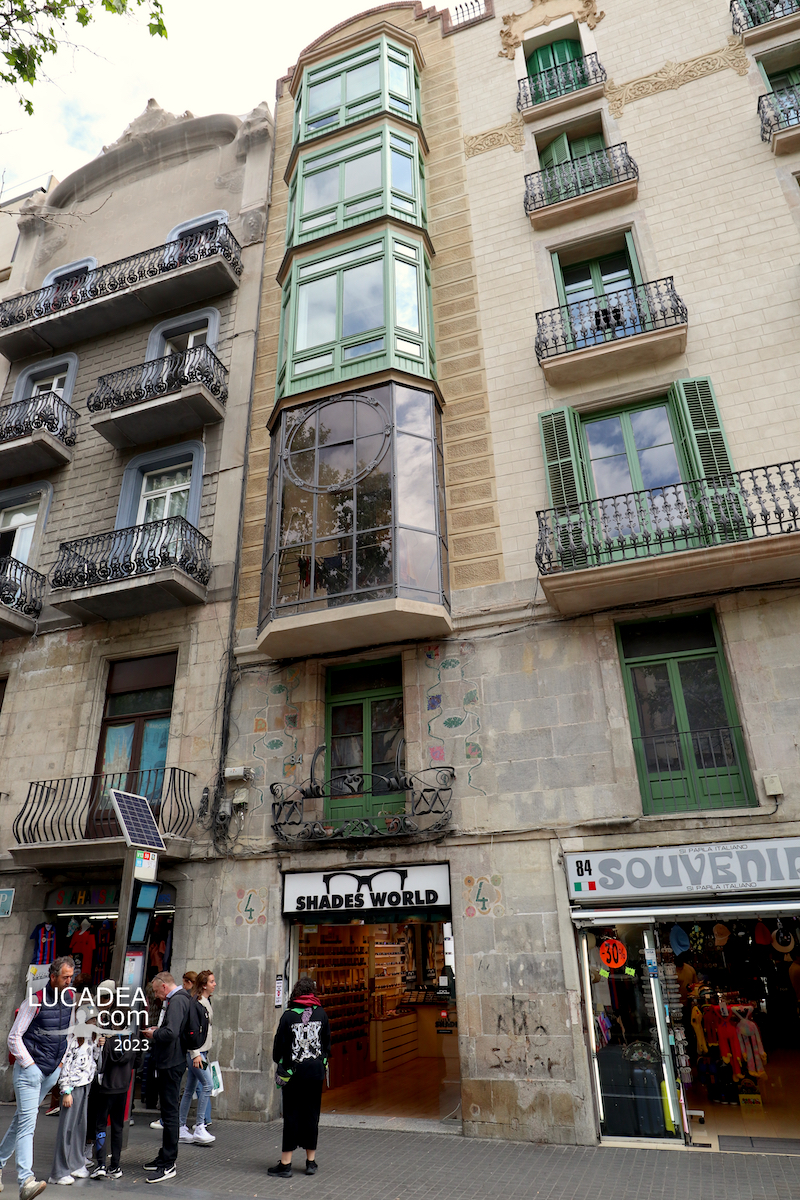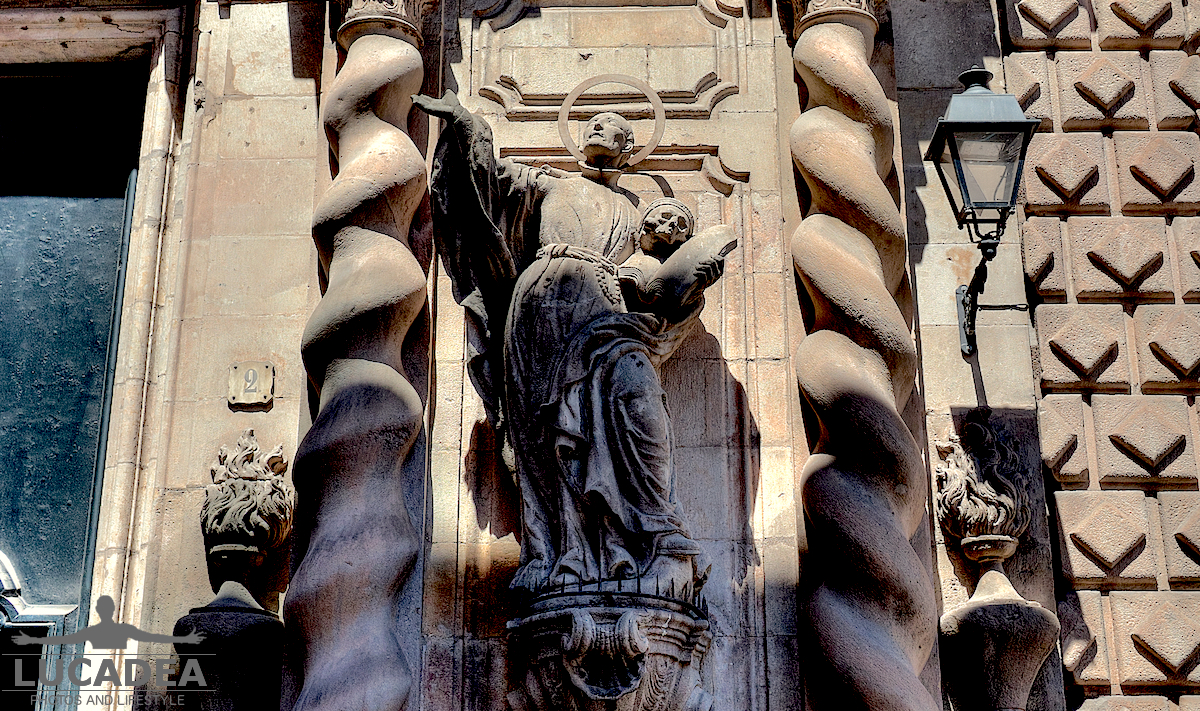The Liceu Theatre on Las Ramblas in Barcelona.
In the heart of Barcelona, among the lively streets of the Raval district, lies a jewel of culture and art: the Liceu Theatre. Also known as the Gran Teatre del Liceu, this prestigious theatre has been a point of reference for opera, ballet and other top-quality artistic performances in the Catalan city and beyond for over 170 years.
Inaugurated in 1847, the Liceu Theatre has a long and illustrious history. Its neoclassical façade and sumptuous interior with Belle Époque decorations make it one of the most beautiful and iconic theatres in Europe. Over the years, the Liceu has hosted some of the greatest operas, ballets and concerts, attracting artists and audiences from all over the world.
The Liceu Theatre has seen the performance of some of the greatest names in art and music. Opera singers such as Maria Callas and Plácido Domingo have graced its stage, while internationally renowned dancers have given unforgettable performances. The Liceu’s reputation as a place of artistic excellence has been consistently recognised and celebrated around the world.
In addition to traditional productions, the Teatro del Liceu is also committed to promoting artistic innovation and the search for new talent. The theatre regularly offers spaces for artistic experimentation, allowing new creators to present their works and explore new forms of artistic expression. This commitment to innovation has kept the Liceu at the forefront of the times, ensuring it remains one of Barcelona’s leading cultural institutions.
One of the main objectives of the Teatro del Liceu is to make art and culture accessible to all. Through educational programs, guided tours and community initiatives, the Liceu is committed to engaging and inspiring a diverse audience, offering everyone the opportunity to discover and appreciate the wonders of art.
For anyone visiting Barcelona, an evening at the Teatro del Liceu is an unforgettable experience. Whether you are an opera lover, a ballet enthusiast or simply a curious person eager to discover the cultural richness of the city, the Liceu will welcome you with its unique charm and take you on a journey through centuries of history and artistic beauty.
Do you know Barcelona?
Add your own comment or go to the bottom of the site to read what other visitors have written.
Photo taken with Canon EOS RP and lens Canon RF 24-50.
To see all the photos I took in Barcelona click here:

Where is the theater:
The Gran Teatre del Liceu, also known as El Liceu, is the oldest active theatre in Barcelona. It is located on the Rambla dels Caputxins. Since 1750, opera performances in Barcelona were the exclusive monopoly of the Teatre Principal by virtue of a royal privilege that was repealed in 1833 with the liberal revolution. On 24 February 1837, a battalion of the Milicia Nacional, under the command of Manuel Gibert i Sans, founded the Sociedad Dramática de Aficionados, also known as the Liceo Filodramático de Montesión, based in the Montsió convent in the Portal de l’Àngel.
Continue and learn more on Wikipedia
The Liceu Theater on La Rambla in Barcelona – Le Théâtre Liceu sur La Rambla à Barcelone – El Teatro Liceu en La Rambla de Barcelona – O Teatro Liceu em La Rambla em Barcelona – Das Liceu-Theater auf der Rambla in Barcelona – Nhà hát Liceu trên La Rambla ở Barcelona – 巴塞罗那兰布拉大道上的里西奥剧院 – バルセロナのランブラス通りにあるリセウ劇場
The text of the post was written with the help of ChatGPT, a language model from OpenAI.









